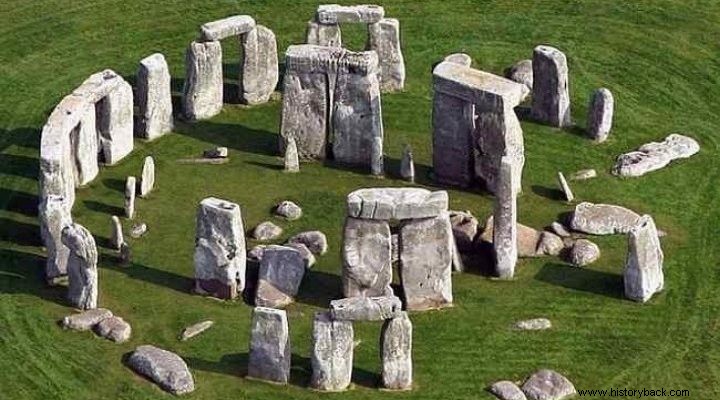
British scientists have solved one of the mysteries of Stonehenge, determining the origin of many of the megaliths that make up the famous Neolithic monument in Wiltshire, England, thanks to a sample that had been stored for decades in the US. The geochemical study found that 50 of Stonehenge's 52 gray sandstone boulders come from the same place:a site called the West Woods, about 25 kilometers away.
The sandstone blocks were placed in the monument around 2500 BC. The largest is 9.1 meters high and the heaviest weighs about 30 tons. "Sandstone boulders make up the outer circle and the central trilith (two vertical megaliths supporting a horizontal one). They are huge," said geomorphologist David Nash, of the University of Brighton, who led the research published in the scientific journal Science Advances.
“How they were brought to the scene is a matter of speculation. Given their size, they were either dragged or moved on roller bars to Stonehenge. We don't know the exact route, but at least now we have a start and a finish," Nash added. Scientists had previously determined that the smaller monoliths came from Pembrokeshire, Wales, an area 250 kilometers from Stonehenge.
Crucial to the research was a sandstone boulder sample, which had been removed from the monument in the late 1950s when metal rods were inserted to stabilize a cracked megalith. This specimen was given as a souvenir to Robert Phillips, a man who worked for the company that had undertaken the conservation works. Phillips took it with him (and obtained the relevant export permit) when he immigrated to the USA in 1977. He lived in New York, Illinois, California and finally Florida. He decided to return it to Britain in 2018 and died the same year.
The researchers analyzed this sample – a process that destroys the stone and therefore could not be applied to the megaliths – and determined the geochemical signature of the sandstone boulder from which it came. This footprint matched the West Woods sandstones and all but two of the Stonehenge megaliths. "Hopefully, what we discovered will help people understand more about the enormous effort that went into building Stonehenge," Nash concluded.
SOURCE:APE-ME
